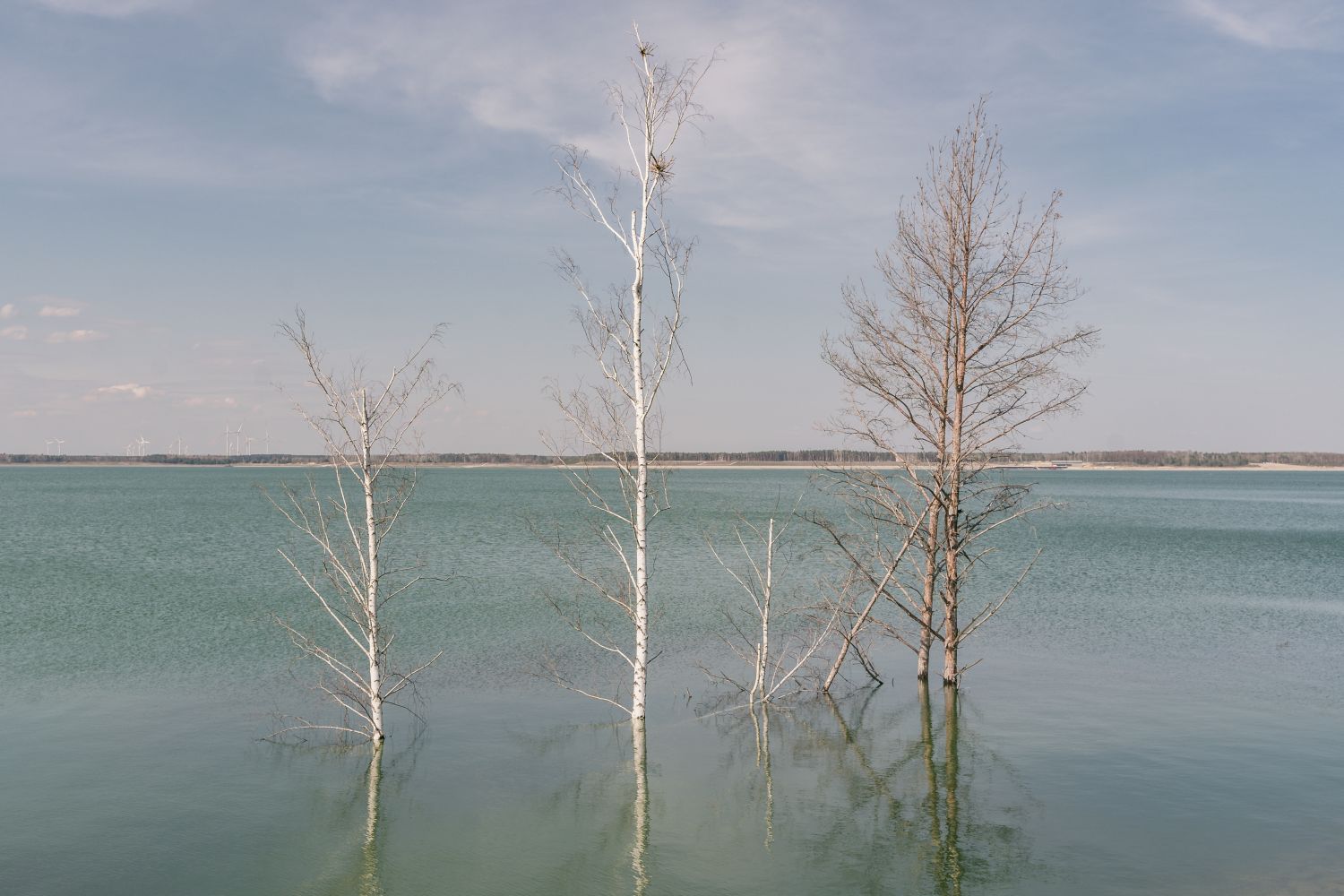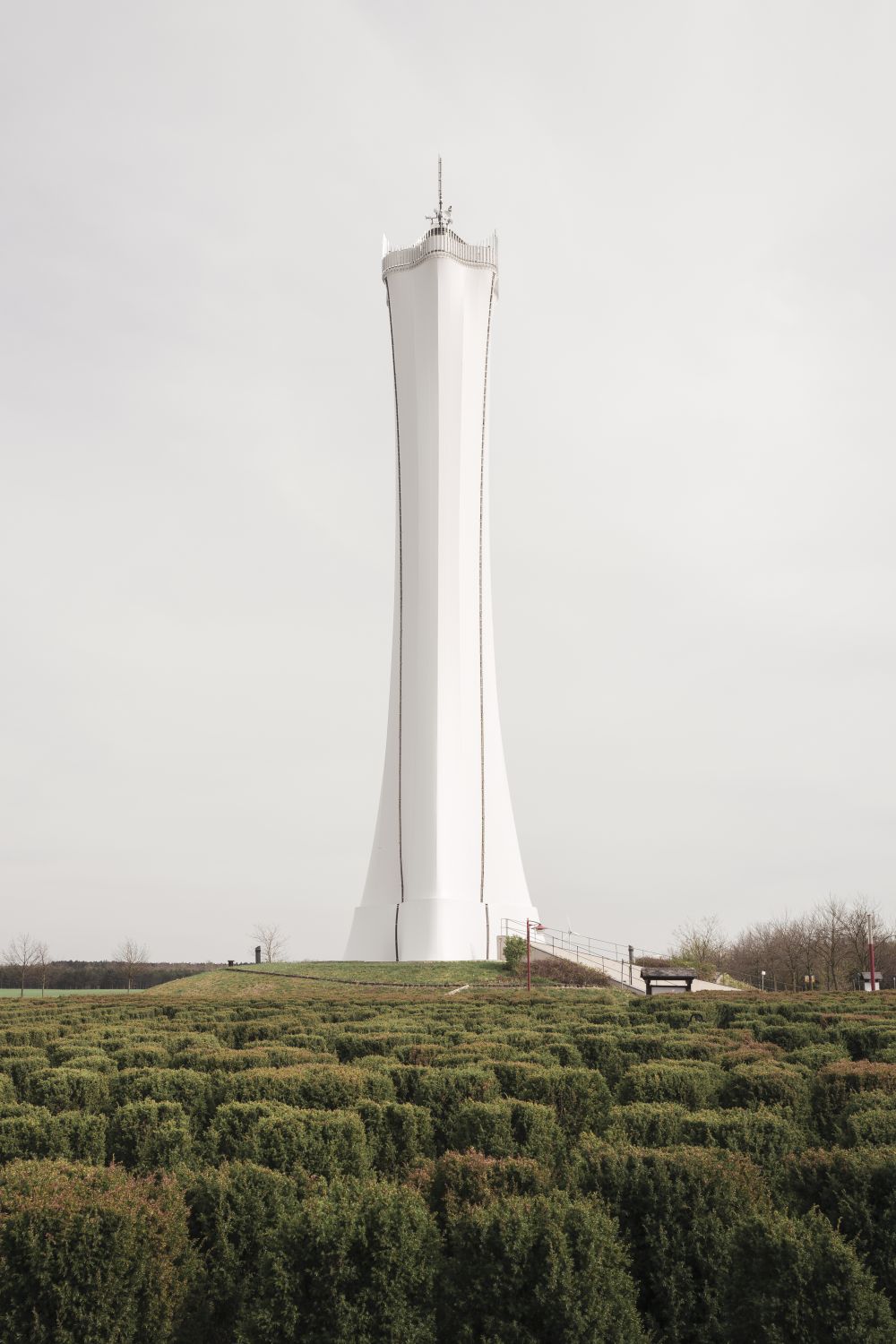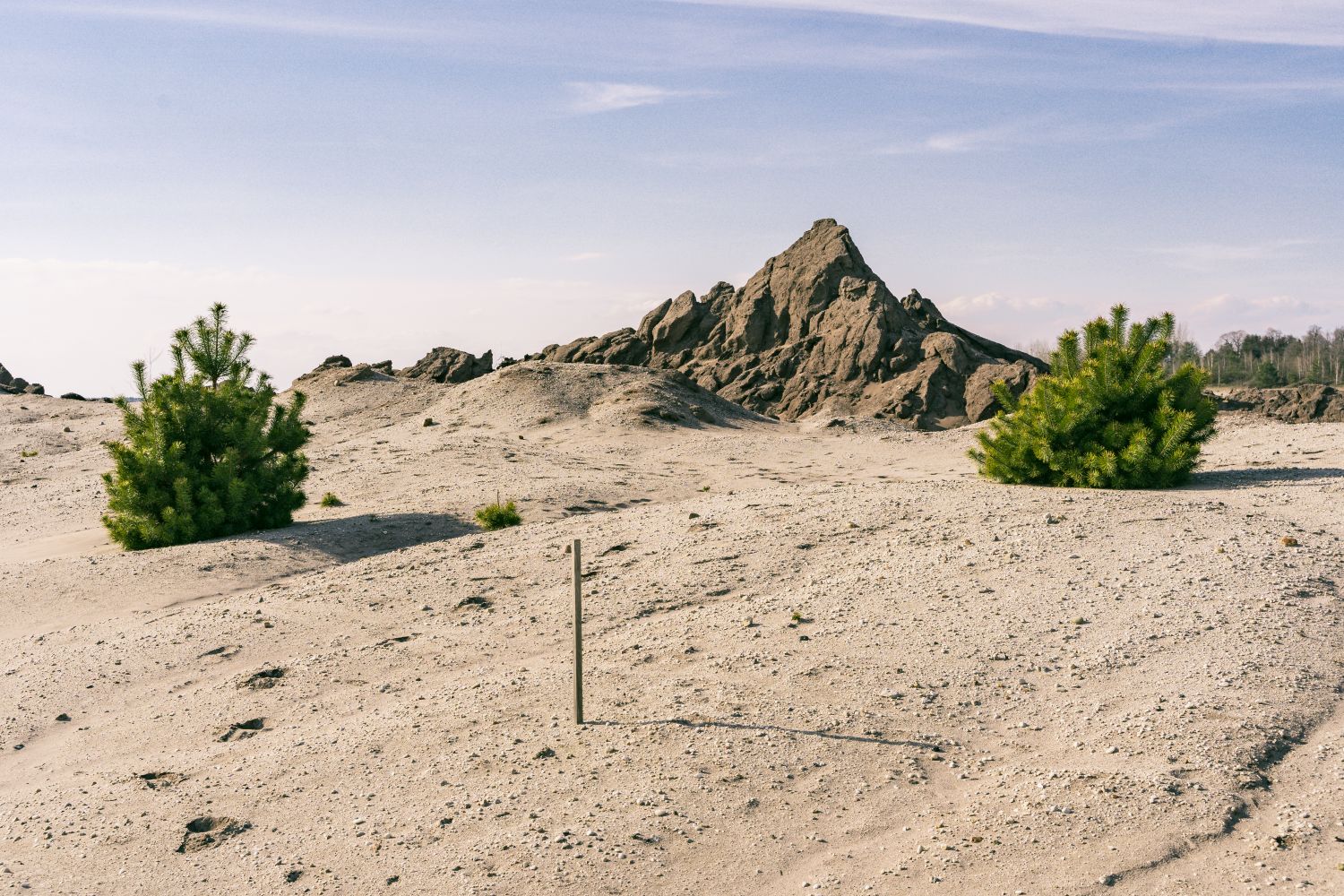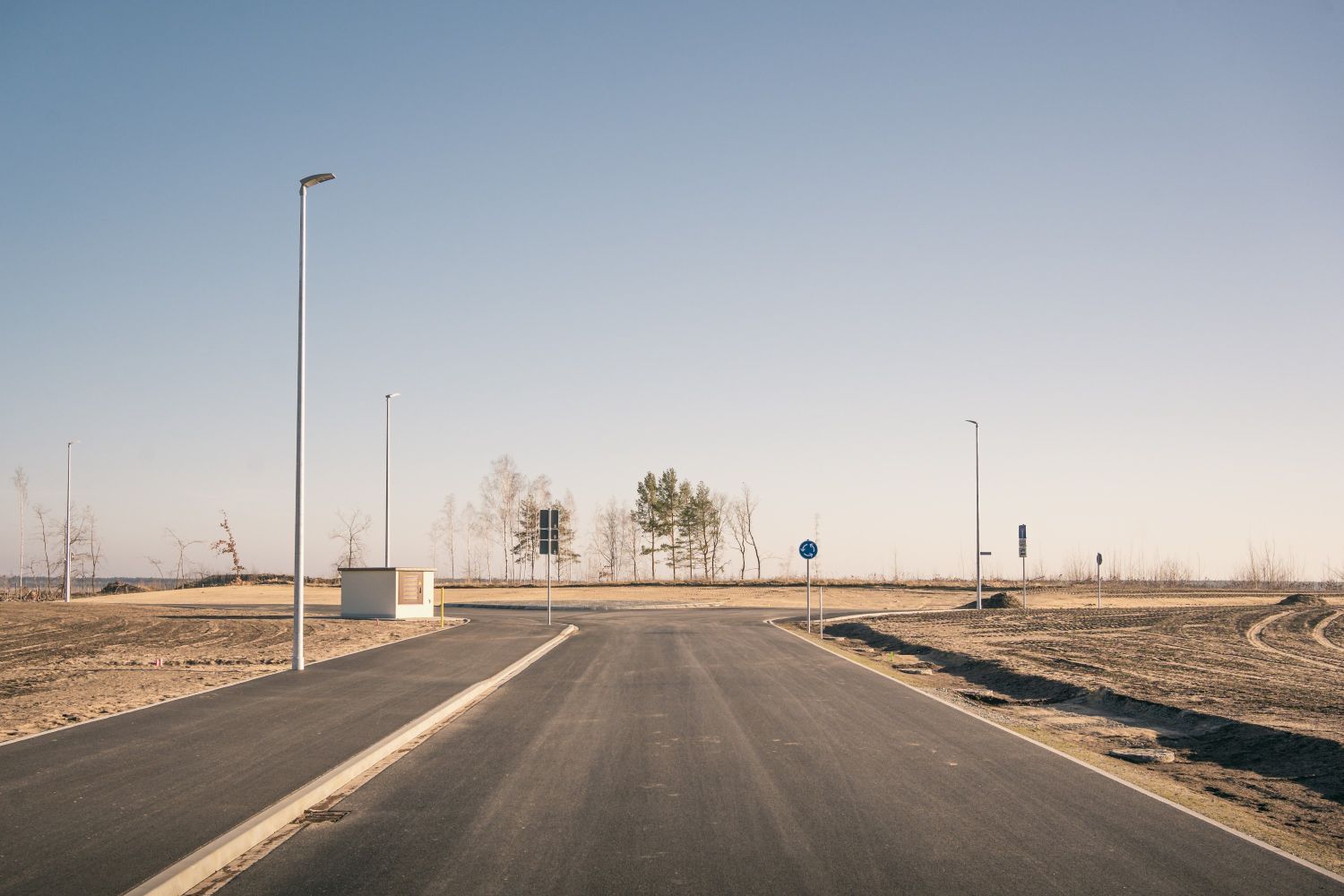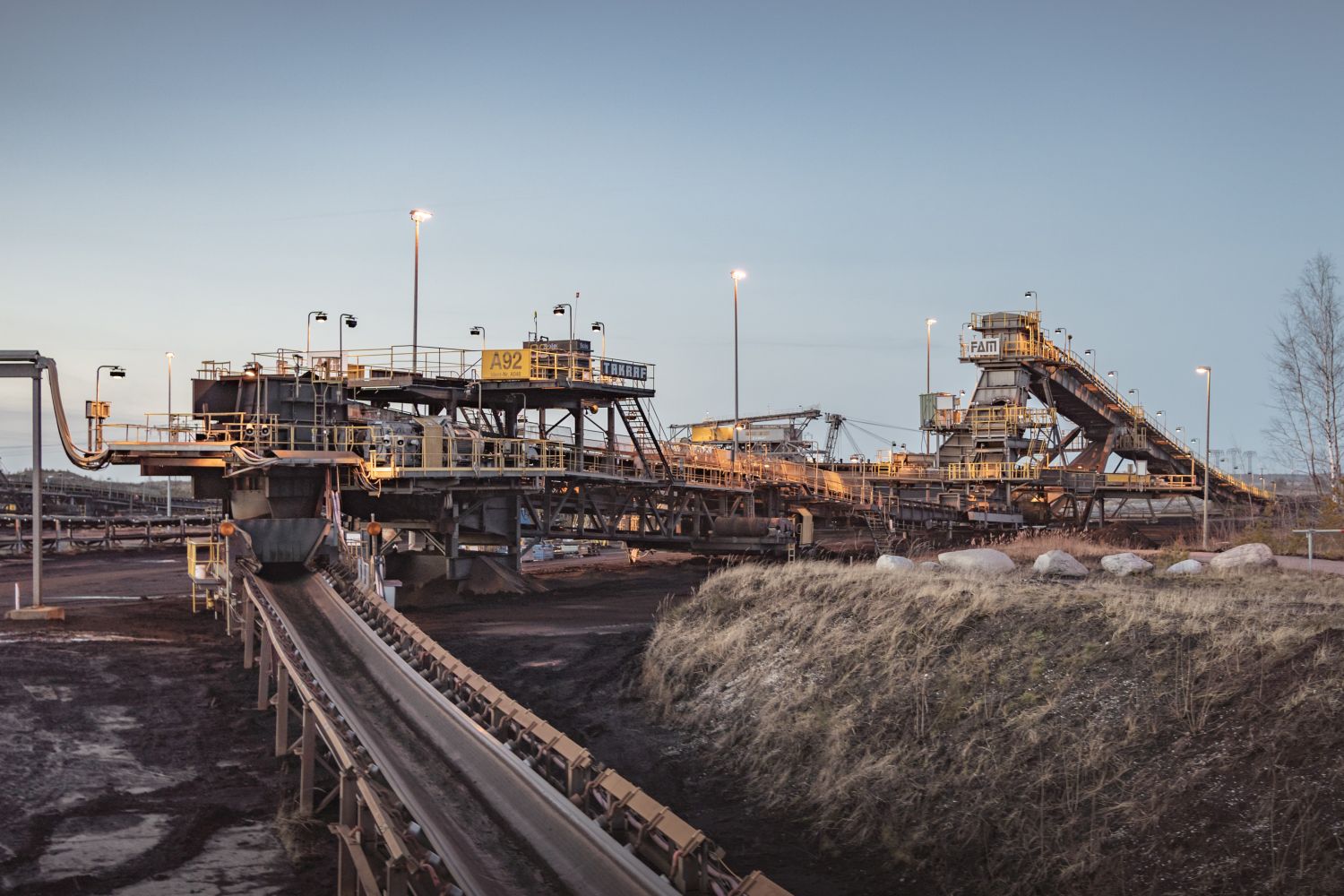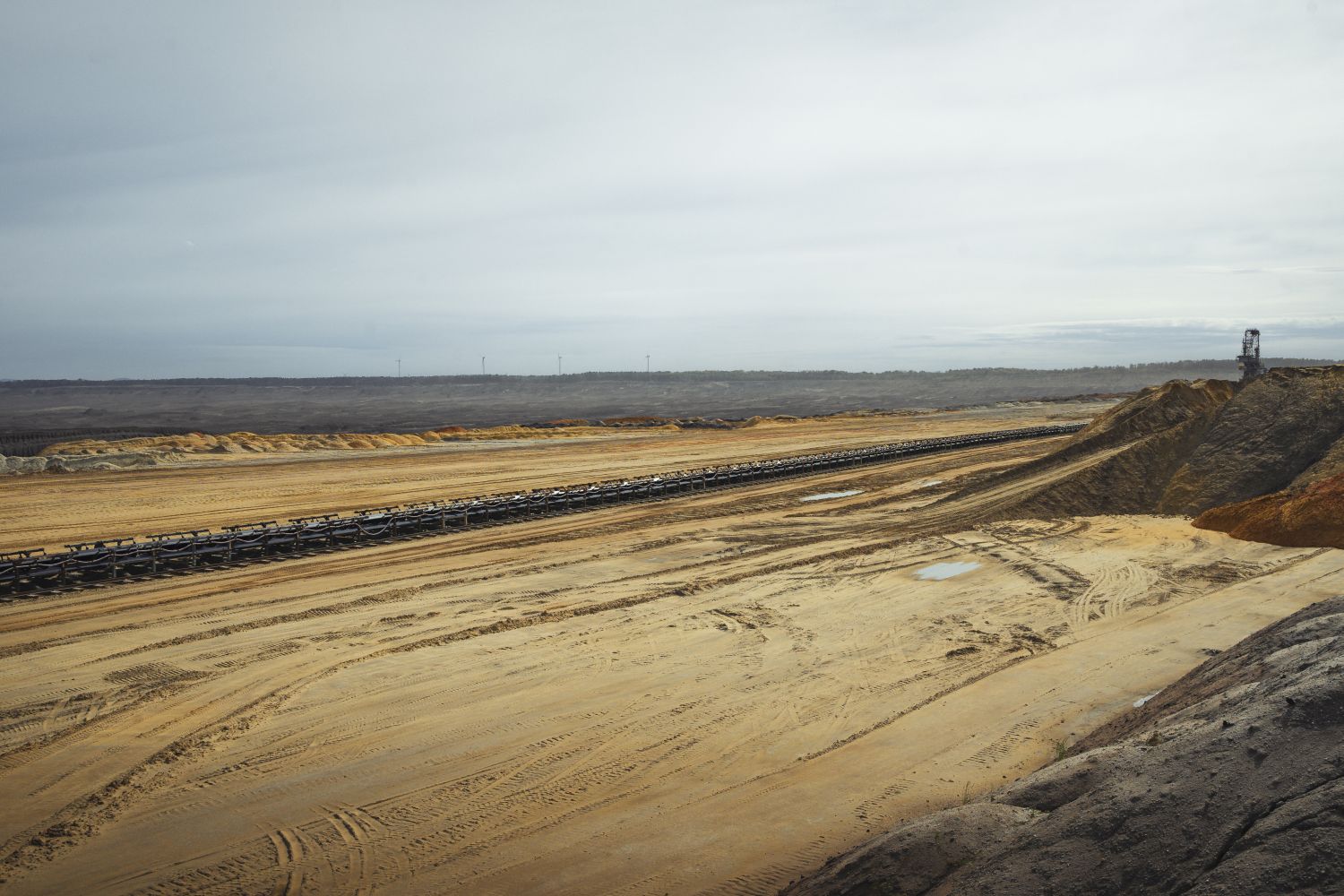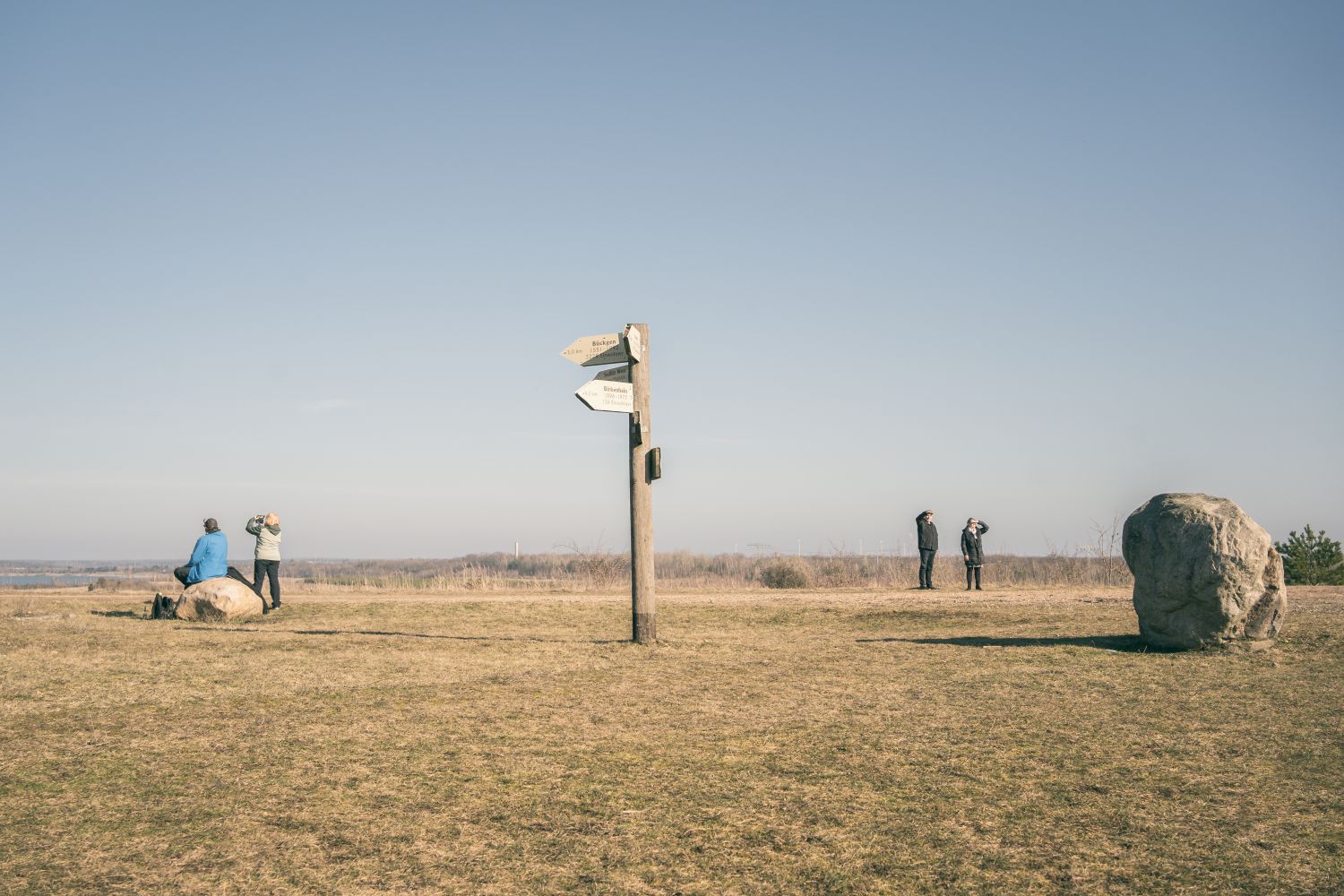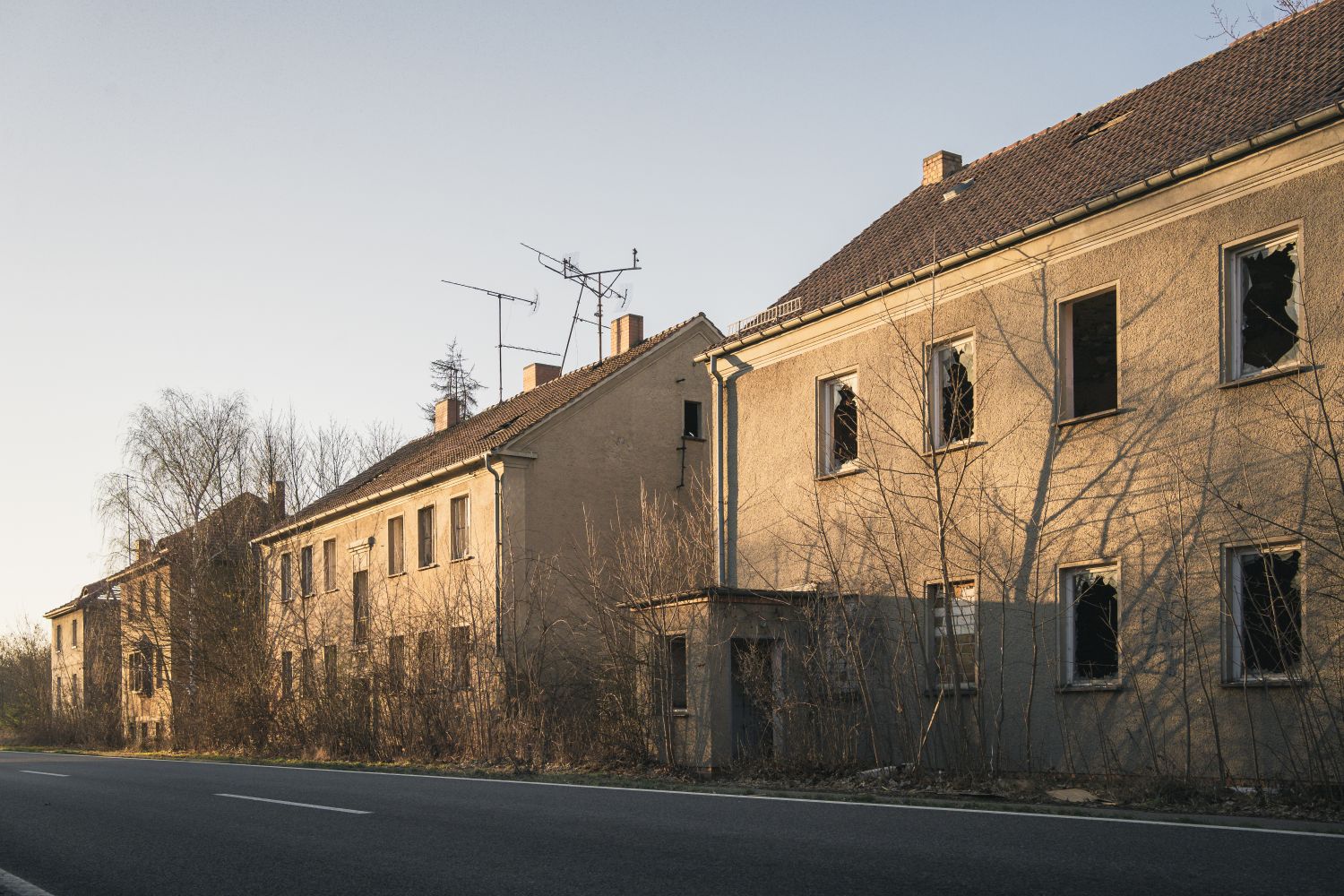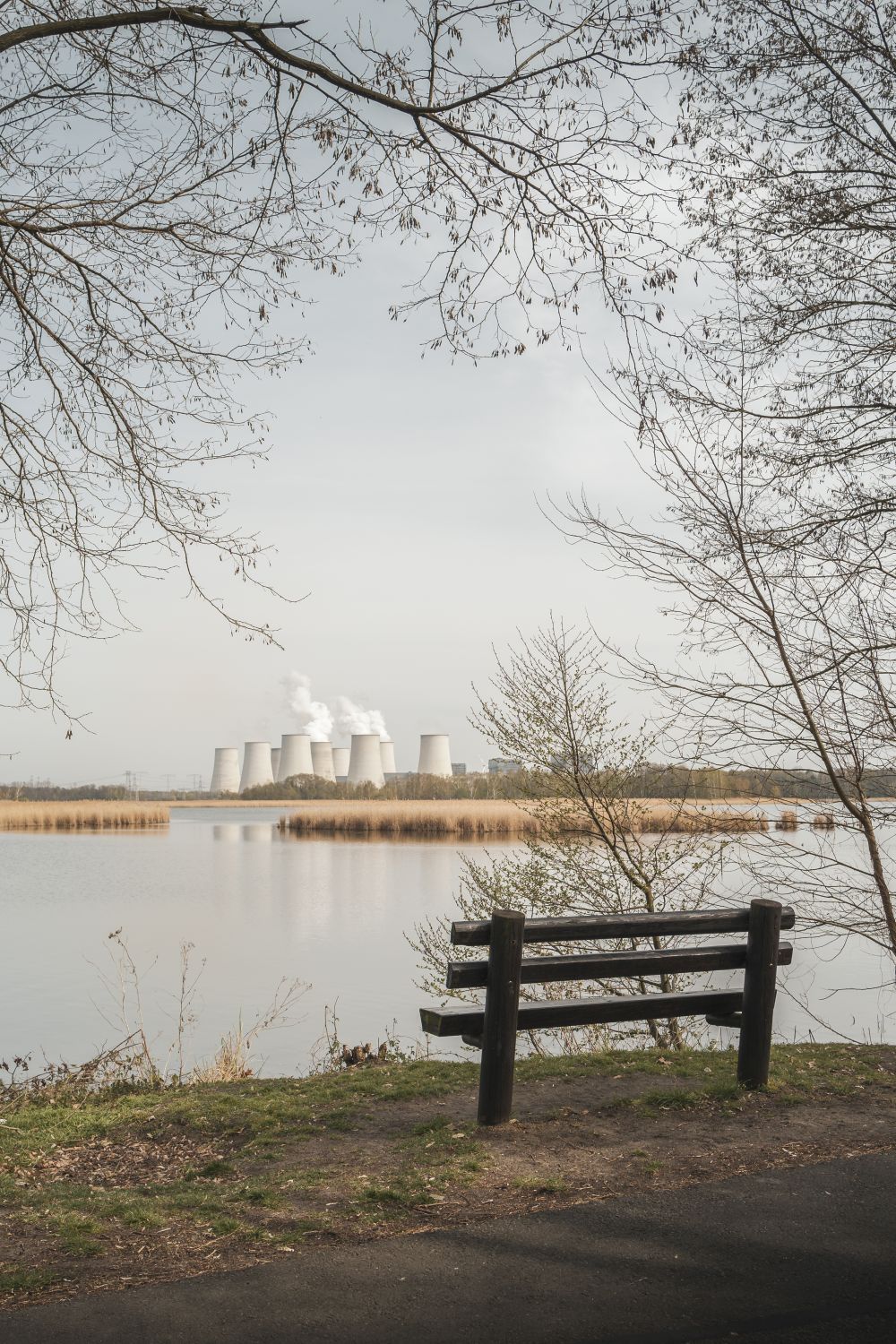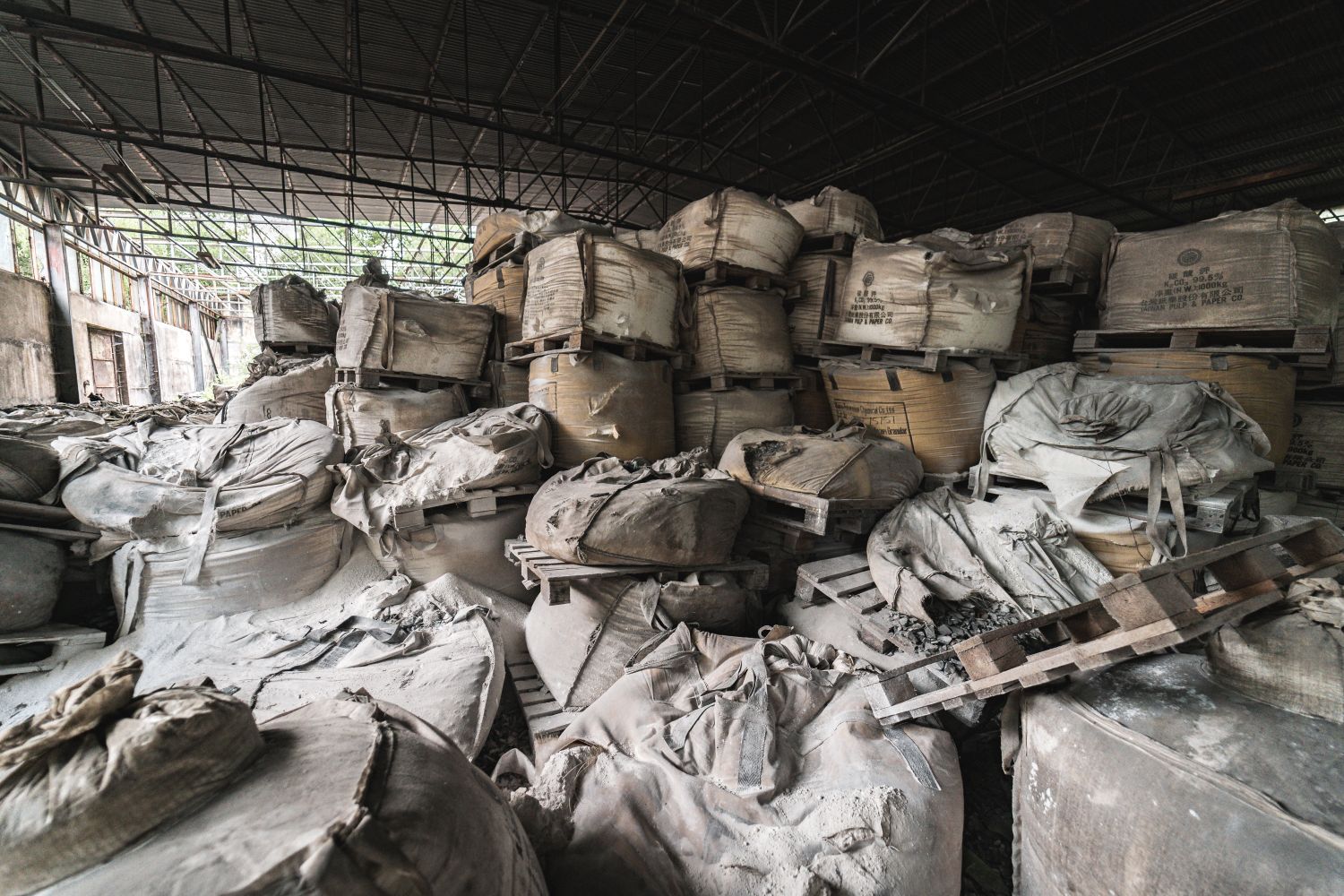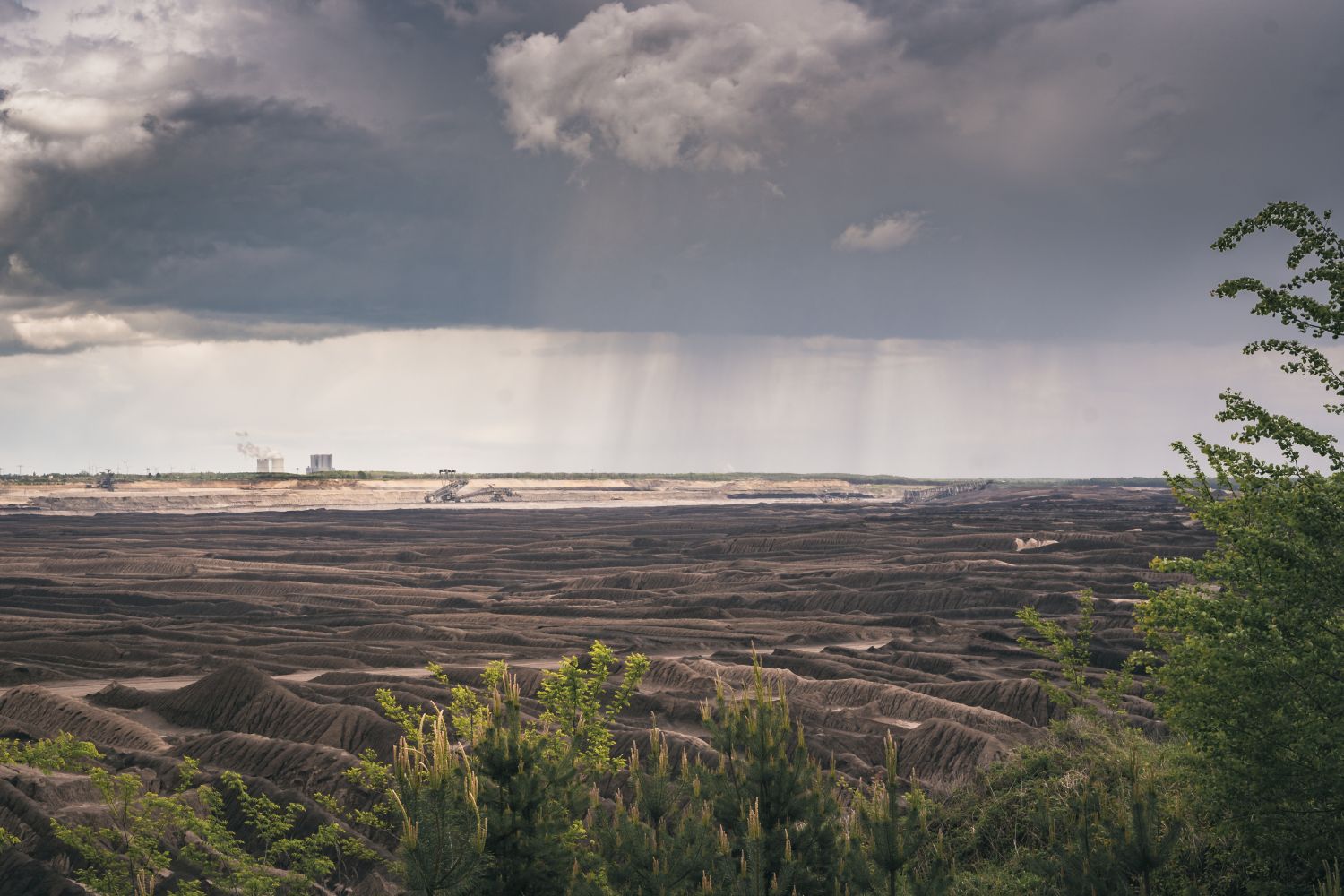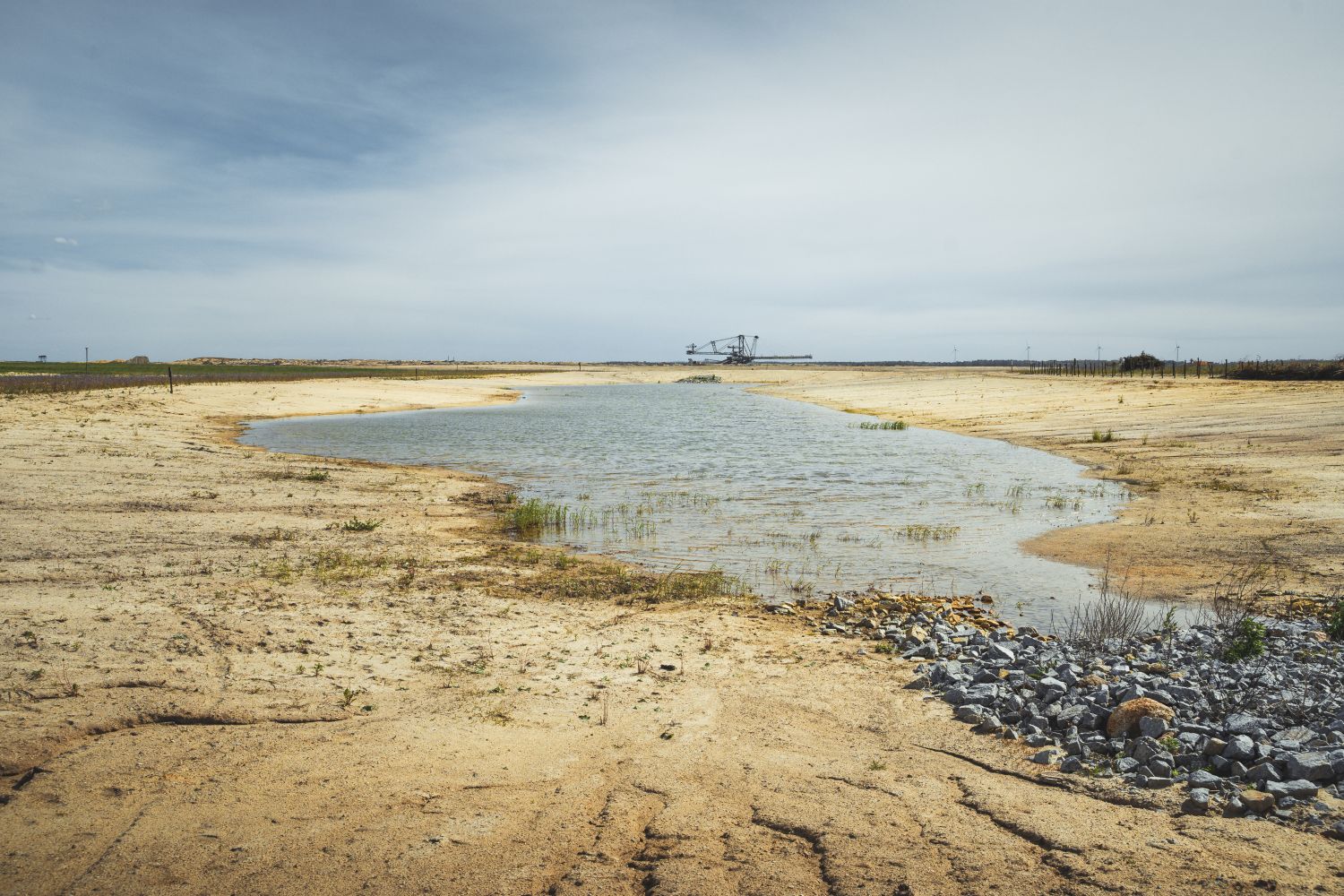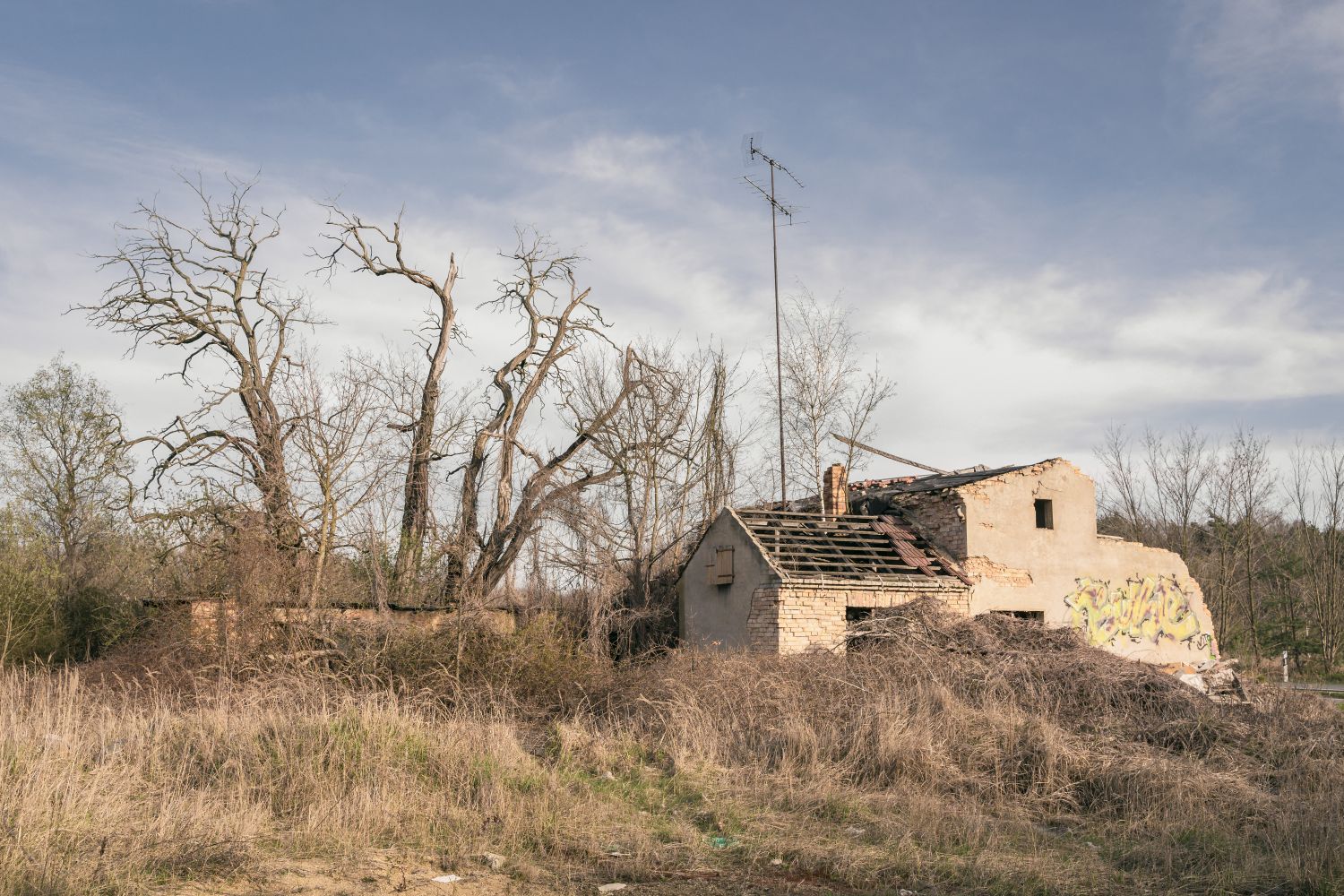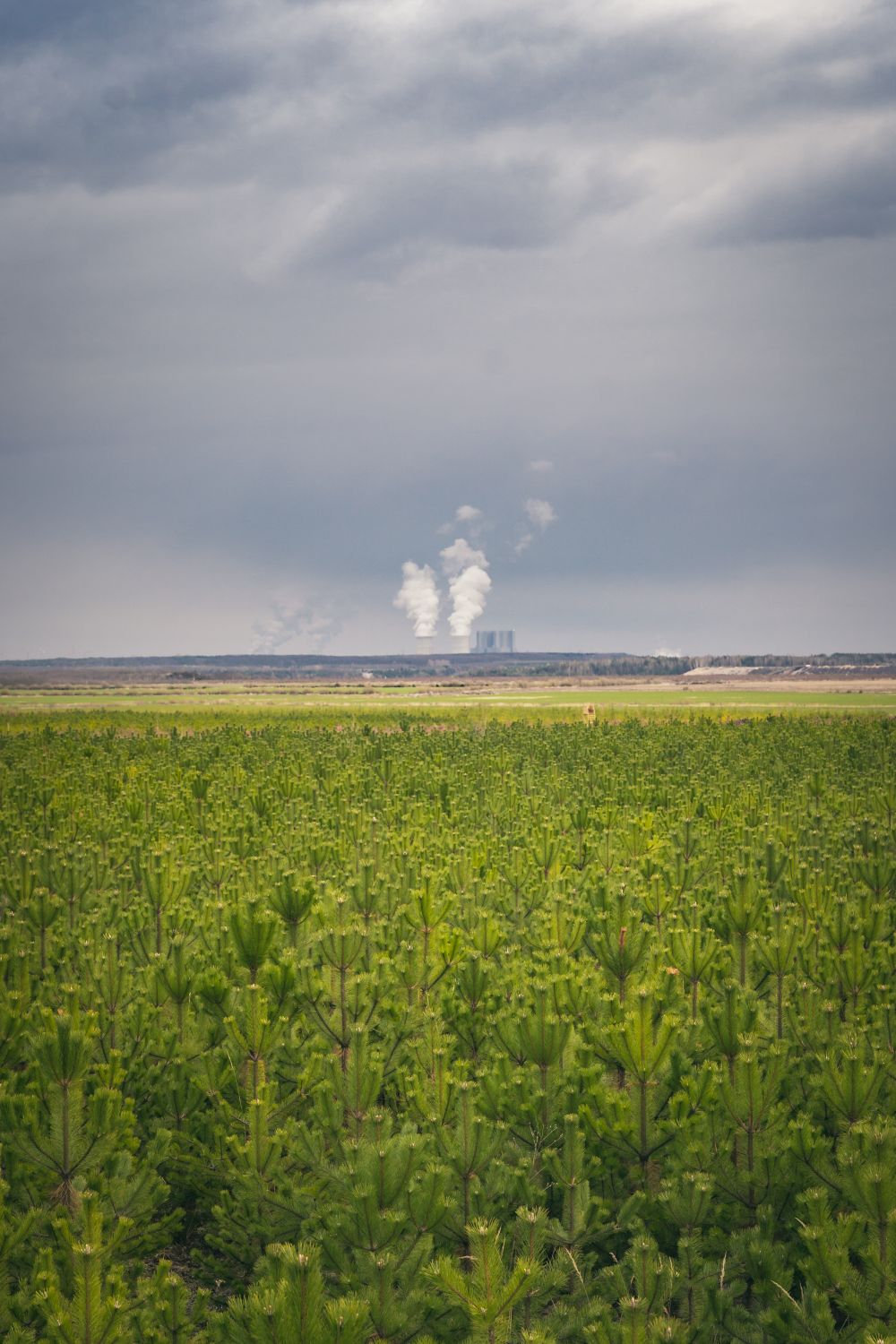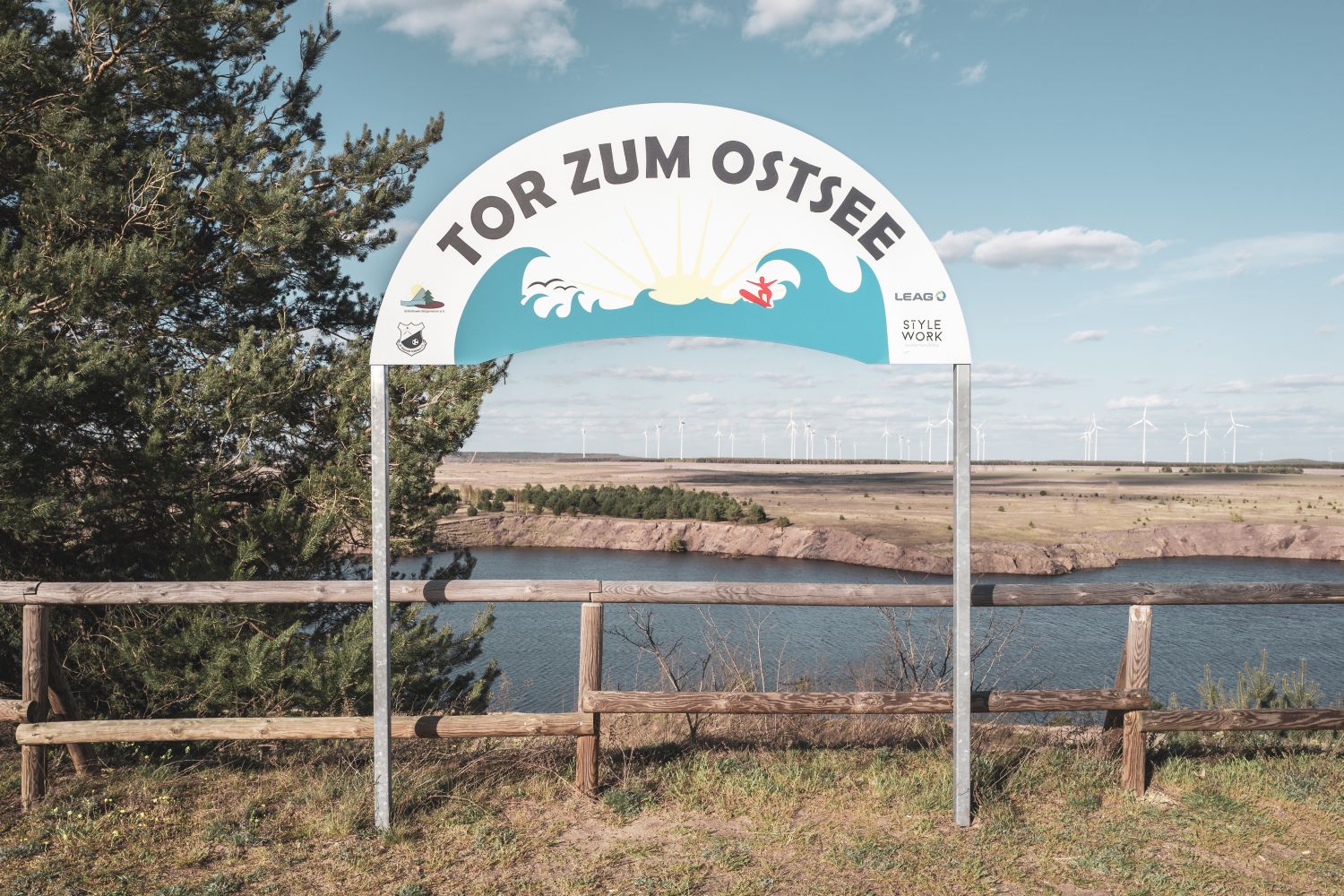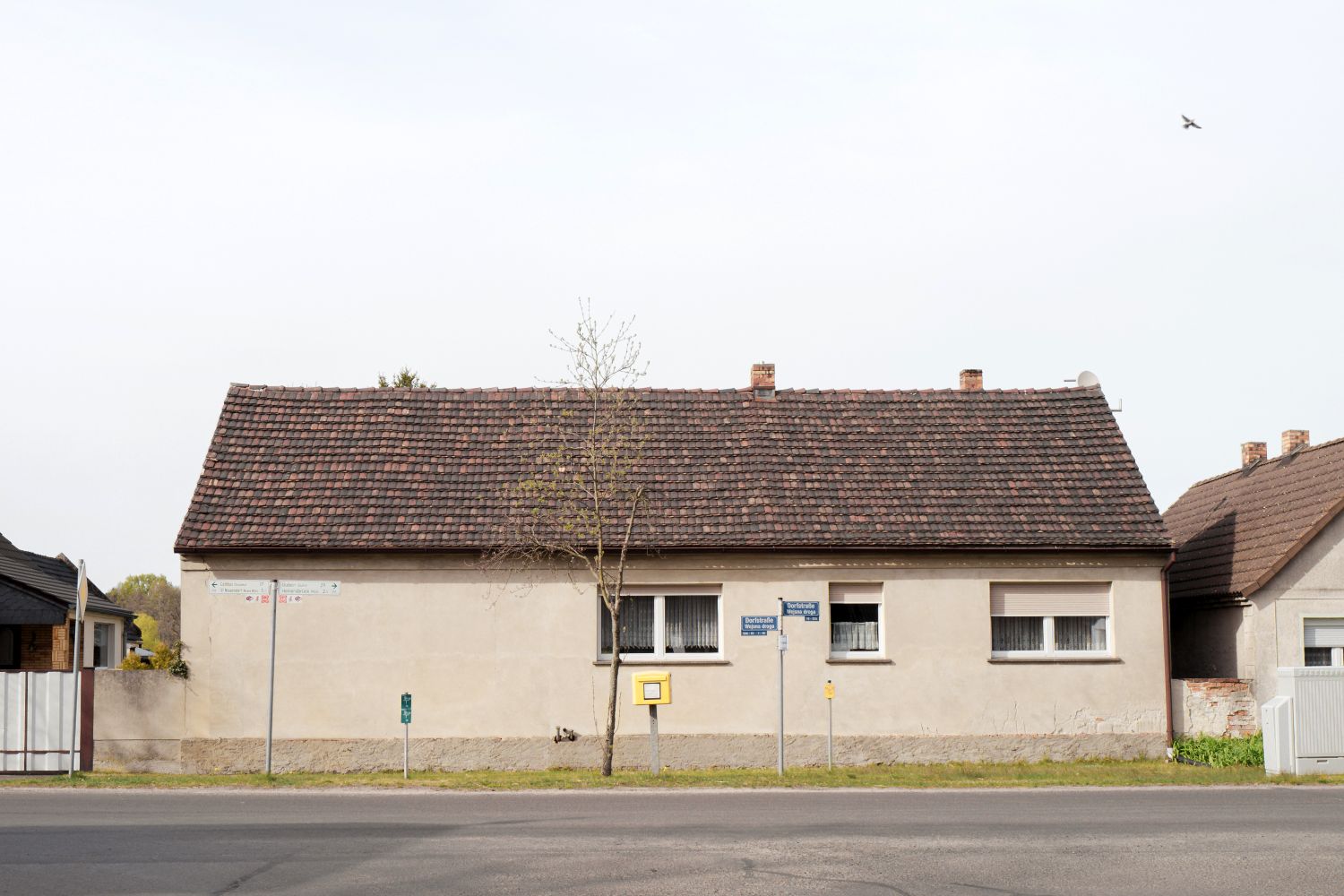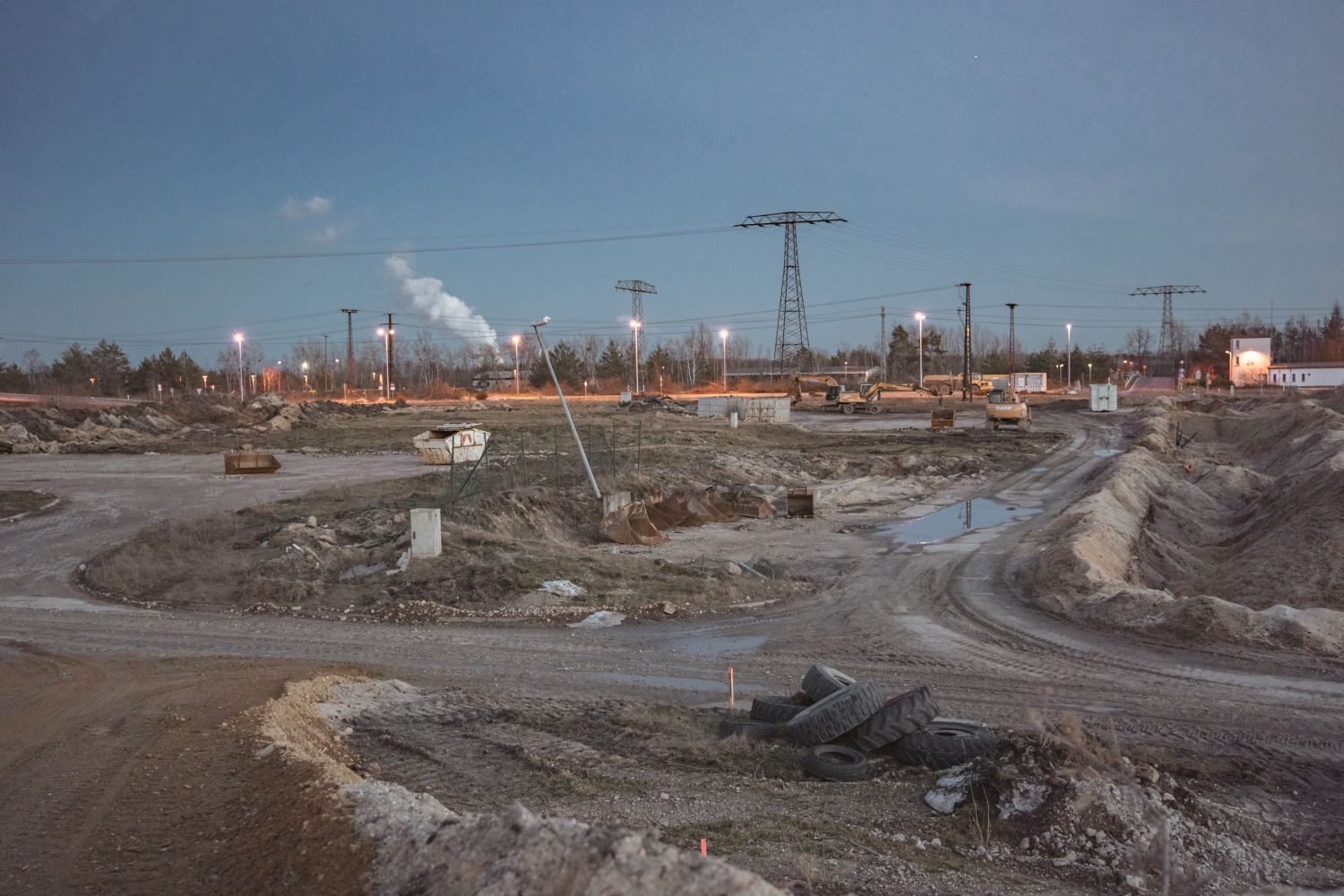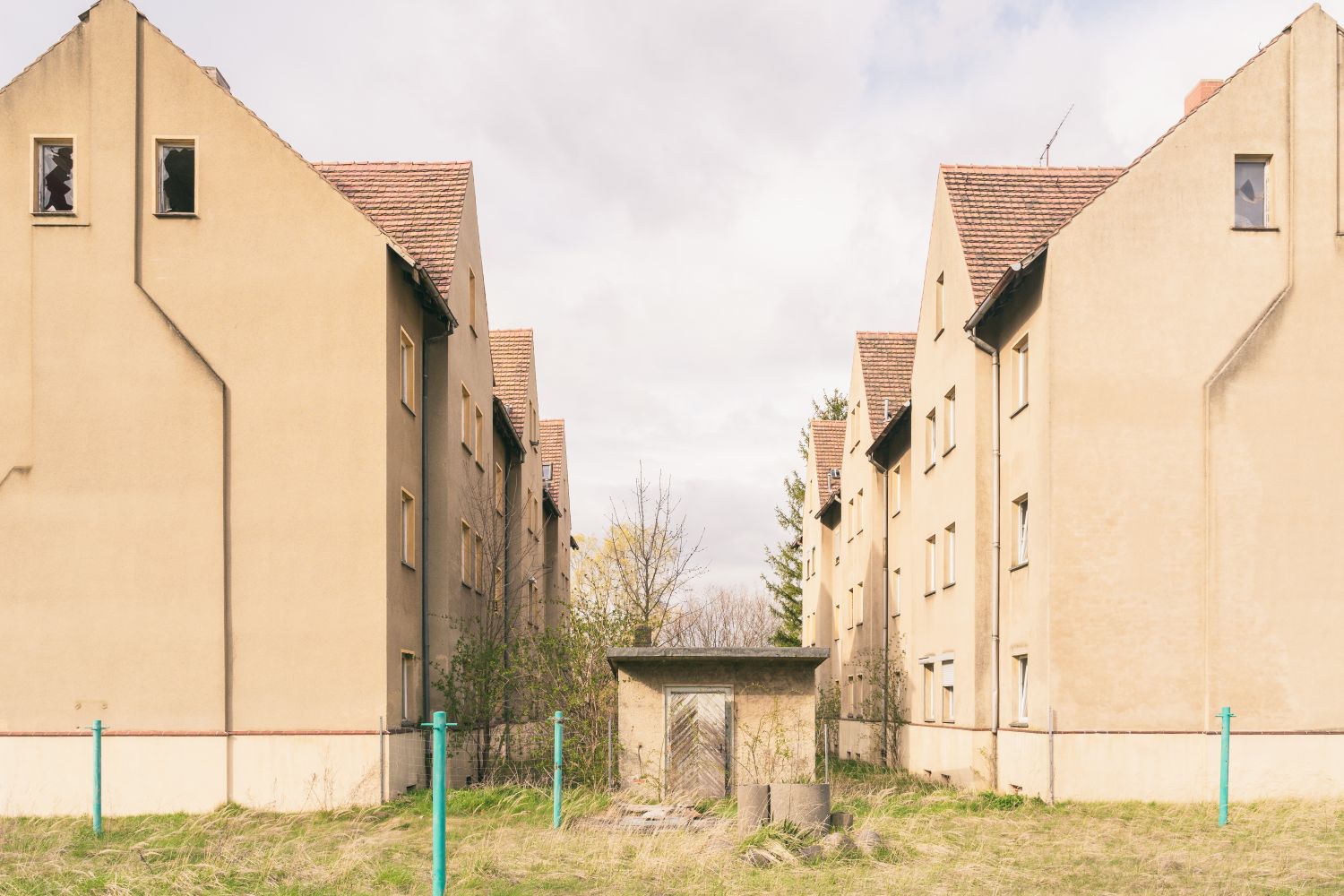The Lusatian lignite mining area on the border between Brandenburg and Saxony is the second largest of its kind in Germany. In recent decades, dozens of villages and communities have had to make way for the mining area, which developed into one of the most important economic factors of the GDR. But in the 21st century, the energy transition is in full swing: of the more than 30 open pits, only four are still active, supplying the surrounding coal-fired power plants.
With the structural change in the energy system, the land area is also to be noticeably renewed. A multi-billion euro recultivation program is intended to make the disused mining areas attractive for tourism: Open-cast pits are being flooded, huge wastelands are being renaturalized, and a completely new infrastructure is gradually growing up. Tourism authorities already see a golden future in the newly emerging Lusatian Lakeland.
Although lignite mining has left deep scars in Lusatia, confidence and change are in the air. The region is committed to overcome the old structures as quickly as possible and to take advantage of the potentials resulting from the restructuring. Until this goal is achieved, however, the landscape in Lusatia resembles a surreal world in between, where future, present and past seem to exist simultaneously.


